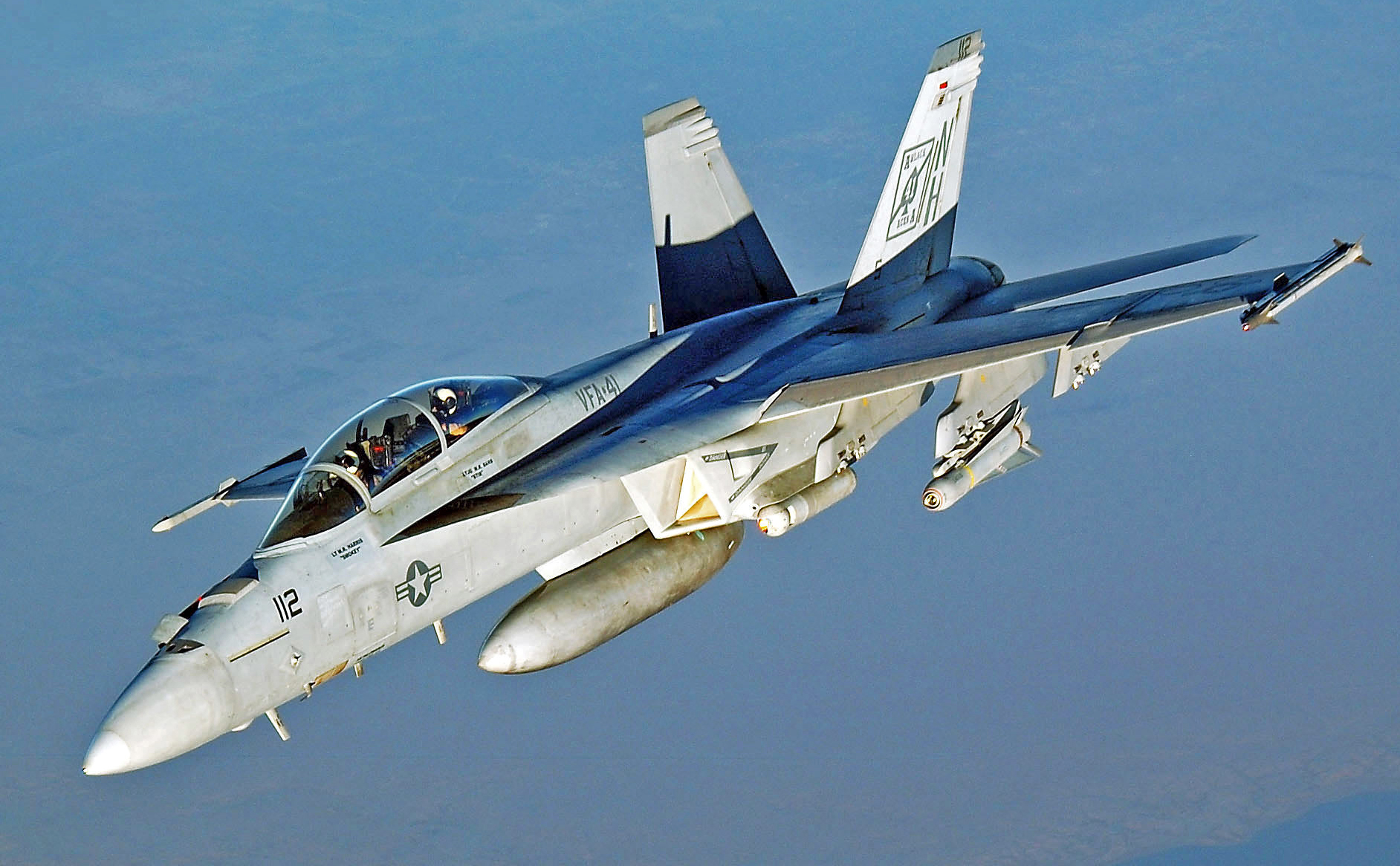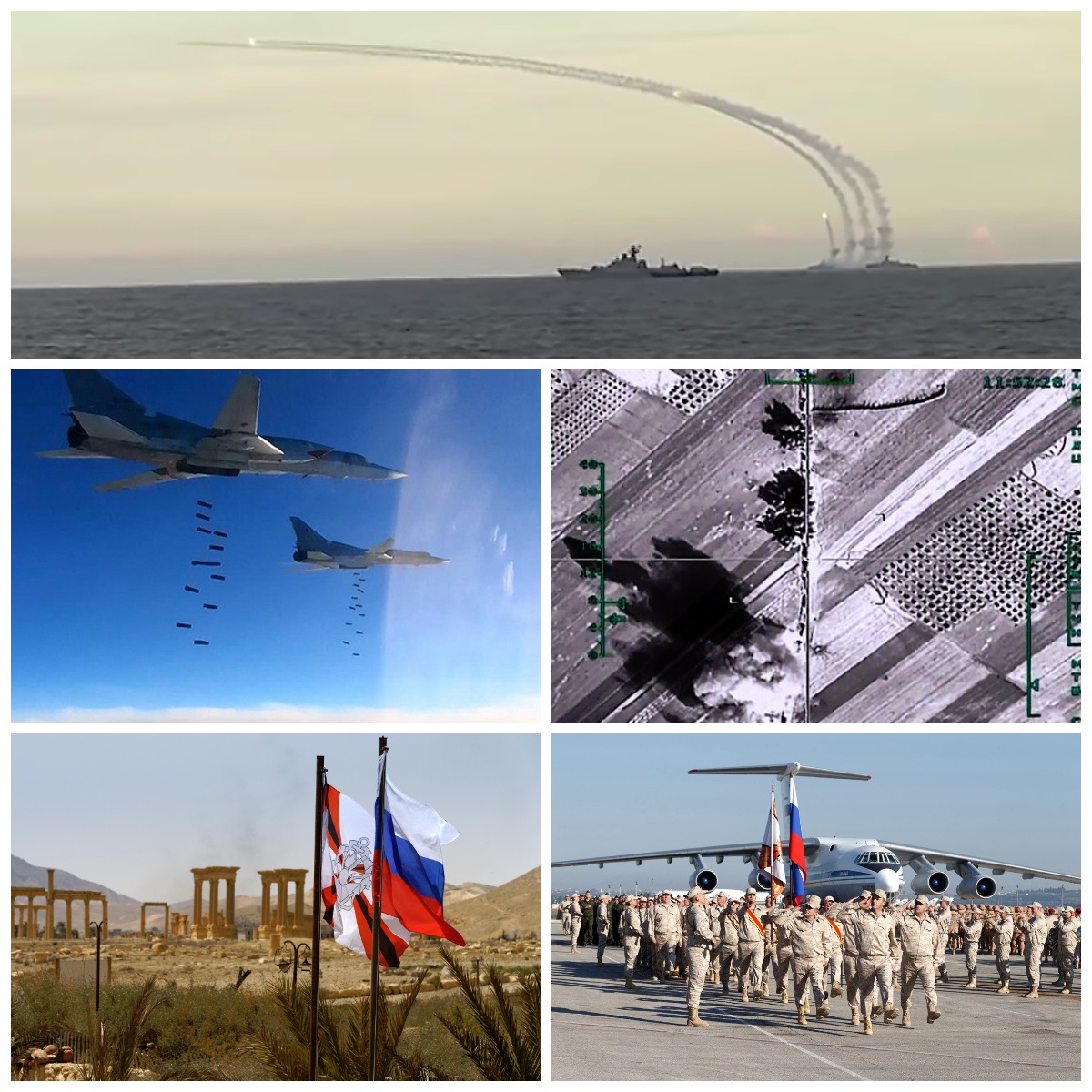
Boeing F/A-18 Super Hornet

FA18 Super Hornet
The delay in the construction program of the American F-35 fighter, and especially its airborne version - the F-35C - meant that the F/A-18 Super Hornet fighters would continue to be the main equipment in the coming decades. for airborne fighter aircraft of the US Navy. For the manufacturer - the Boeing concern - this means government orders for further aircraft of this type and the maintenance of a production line that was supposed to close several years ago. In addition, Boeing is actively encouraging the Pentagon to invest in a new F/A-18 Super Hornet upgrade package, designated Block III.
In 1999, the F / A-18E / F Super Hornet fighters began to enter service with the US Navy (US Navy), and two years later they received Initial Operational Capability (IOC). First, they began to replace the most worn-out F-14 Tomcat and Hornets of the first generation - with F / A-18A / B. Then the F / A-18E / F began to replace the second-generation Hornets - F / A-18C / D, whose production ended in 2000. Plans at the time called for the latest F/A-18C/Ds and the most worn-out F/A-18E/Fs to be replaced by new 5th generation F-35C fighters. The production of "Super Hornets" had to be phased out, especially since the US Navy began to allocate more and more money for the F-35 (JSF - Joint Strike Fighter) program. Maintenance of the Super Hornet production line was to be provided by orders for the EA-18G Growler electronic warfare aircraft (built on the F / A-18F platform) and possible foreign orders.
Back in 2014, many analysts predicted that the last US Navy F/A-18E/Fs would leave Boeing in December 2016. During this period, Boeing maintained production at three units per month thanks to input from the Navy in previous years of the United States, the so-called. multi-year contract (MYP-III, multi-year purchases) and last order from FY2014. However, in fiscal year 2015, the US Navy purchased 12 EA-18G Growlers, and in 2016, seven EA-18Gs and five Super Hornets. These orders, and a slowdown in production to two per month, should have allowed Boeing to keep the F/A-18 production line through the end of 2017. Ultimately, the threat of an end to Super Hornet production ceased to exist due to the delay in the F-35 program and the need to fill a growing gap in the US fighter flight fleet.
Missing link
The US Navy has never made a secret of its skepticism about the Lockheed Martin F-35C fighter. The F-35C proved to be the most expensive of the three F-35s. In the 9th tranche of low-rate production (LRIP-9, Low-Rate Initial Production), the price of one F-35C fighter (with engine) was 132,2 million US dollars per unit. Only for the last tranche - LRIP-10 - the price was set at 121,8 million, which is slightly less than in the case of short takeoff and vertical landing versions of the F-35B. For comparison, depending on the size of the order, the new F / A-18 costs between 80-90 million dollars, and its operation is almost half the price.
The entire F-35 program is already delayed by at least four years. The F-35 fighter jets are still under development and demonstration (SDD - System Development and Demonstration), which should be completed in May 2018. It absorbs additional funds, increasing the cost of a record-breaking program. Moreover, the airborne version of the F-35C has various technical problems. When the problem of the landing hook, which did not always hit the brake line aboard an aircraft carrier, was solved, it turned out that too few rigid folding wingtips required rework. It was also found that when taking off from a catapult, the front landing gear creates large vertical oscillations and then transmits them to the entire aircraft. These issues must be resolved before the F-35C enters service.
